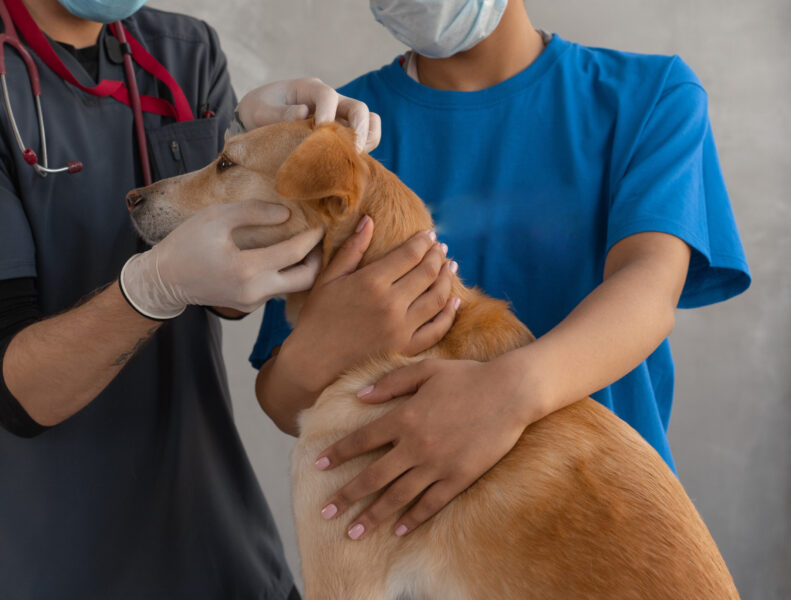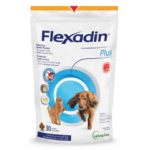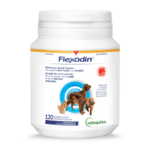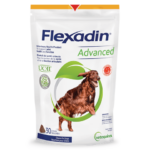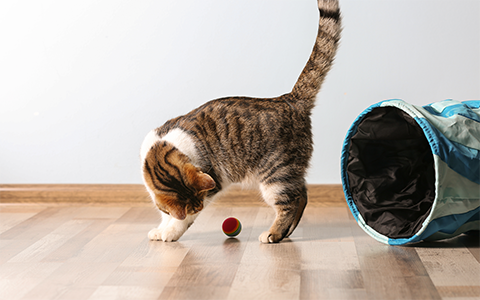1 – Dry skin
You may notice your pet’s skin becomes dry and prone to dandruff from late fall to spring. This is common when the harsh winter cold leaves little moisture in the air and heating systems further deplete humidity inside your home. Your pet may also suffer from dry skin if they’re dehydrated or lack healthy fats in their diet; check with your veterinary clinic for advice.
2 – Sunburn
There is such a thing as too much sun, and your pet will find a sunburn just as painful as you would. Cats and dogs with a thin coat or pale fur are more vulnerable than their dark- and thick-furred counterparts. Take the necessary precautions to protect your four-legged friend from UV rays, such as providing access to shade, applying specially designed sunscreen and keeping them indoors during the sunniest part of the day.
3 – Feline acne
Did you know cats can get acne too? It typically starts as tiny blackheads on their face and chin and can progress to sometimes painful pimples. They may attempt to relieve their discomfort by scratching or rubbing their face against the floor or furniture. Some cases may even be triggered by the use of plastic bowls. Switching to metal, glass, or ceramic may help. If the problem persists, feline acne is best assessed and treated by a veterinarian.
4 – Allergies
Whereas allergies cause many humans to sneeze and have puffy eyes, pets instead tend to react through their skin. Exposure to seasonal allergens such as pollen may cause your pet’s skin to flare at specific times of the year. If they show signs of an allergy year-round, it could be due to dust, mould, an ingredient in their food, a particular cleaning product or even other pets in your household.
5 – Skin masses or lumps
Tumours can be malignant or benign and appear anywhere on your pet. Some masses are minor enough that no treatment is necessary. Others could cause discomfort and require surgery, while eliminating cancerous growths may also involve chemotherapy or radiation therapy. A physical exam by your veterinarian will help determine the best course of action.
6 – External parasites
Cats and dogs can become hosts to parasites such as fleas, ticks and ear mites. These pests may cause severe irritation and discomfort, transmit diseases, and be another potential cause of allergies. Year-round parasite prevention is your pet’s best defence against this problem.
7 – Ringworm
Despite what its name suggests, ringworm isn’t a worm but rather a fungal infection. It’s also a zoonotic disease, meaning it can spread between animals and humans. After contact with an infected individual, object or surface, your pet may develop bald patches, scaly or flaky skin and reddish circular marks. Your veterinarian may prescribe an anti-fungal treatment to solve the issue.

